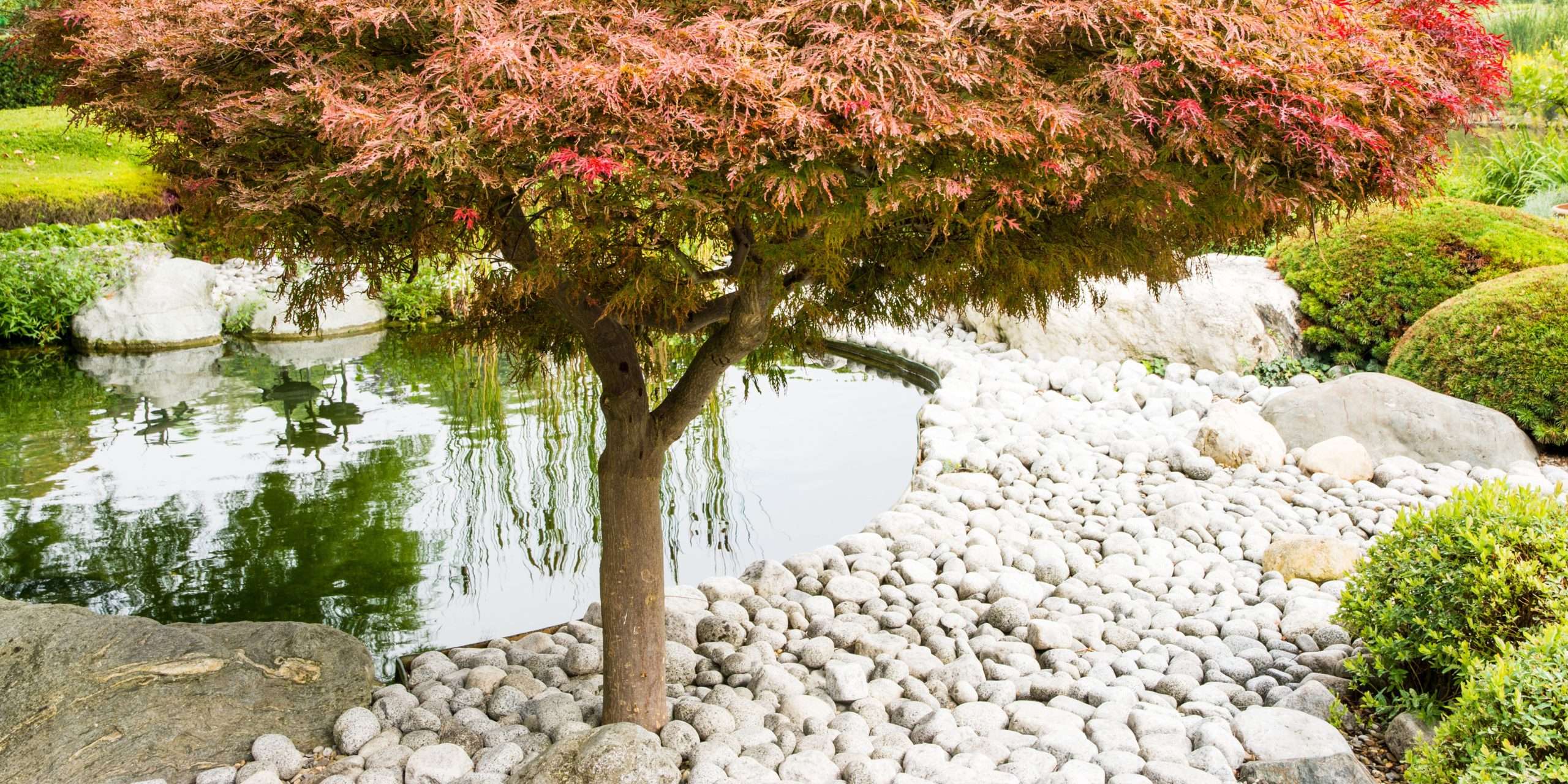Decorative outdoor rocks have become increasingly popular in landscaping design, offering a unique and contemporary touch to outdoor spaces. These versatile elements can be used in various ways, from creating focal points to defining borders and adding texture to garden beds. In this blog post, we will explore the modern rules of using decorative outdoor rocks, providing you with insights on how to incorporate them effectively into your outdoor design. By understanding these rules, you can elevate the aesthetics of your outdoor space while adding functionality and visual interest.
Choose the Right Type of Rocks
The first rule is to select the right type of rocks that complement your overall outdoor design. There is a wide range of options available, such as river rocks, pebbles, boulders, crushed granite, or lava rocks. Consider the color, texture, and size of the rocks and how they will harmonize with the surrounding elements like plants, hardscapes, and architecture. For a modern and sleek look, smooth river rocks or polished pebbles can work well, while rustic boulders or crushed granite can create a more natural and organic feel.

Consider Scale and Proportion
When incorporating decorative rocks, it’s important to consider scale and proportion. The size of the rocks should be appropriate for the space they are placed in. For example, using large boulders in a small garden may overpower the area, while small pebbles in a large open space may get lost. Aim for a balanced composition by using rocks of varying sizes and arranging them strategically to create visual interest and focal points. Experiment with different placements and configurations to find the right balance and harmony within your outdoor design.

Create Visual Contrast
Decorative outdoor rocks can add visual contrast and texture to your landscape. Consider incorporating rocks with different colors or textures to create visual interest and break up monotonous spaces. For example, contrasting dark river rocks against light-colored paving stones can create a striking effect. Mix smooth and rough textures to add depth and variety. Be mindful of the overall color palette of your outdoor space and choose rocks that complement or provide an attractive contrast to the existing elements.

Use Rocks Functionally
Decorative rocks can serve functional purposes in addition to their aesthetic value. They can be used as natural barriers or borders to define different areas in your outdoor space. For example, placing rocks strategically along garden beds can help prevent soil erosion while adding an interesting visual element. Rocks can also be used as stepping stones or pathways, providing an organic and natural walkway through your garden. Consider the practicality and functionality of the rocks while integrating them into your outdoor design.

Maintain a Cohesive Design
Maintaining a cohesive design is essential when using decorative rocks in your outdoor space. Ensure that the rocks harmonize with the overall theme and style of your landscape. Consider the existing materials, colors, and textures and choose rocks that complement and enhance the overall design. Aim for a seamless integration of rocks with other elements such as plants, water features, or outdoor structures. A well-planned and cohesive design will create a visually pleasing and harmonious outdoor environment.

Decorative outdoor rocks offer endless possibilities for enhancing the aesthetics and functionality of your outdoor space. By following the modern rules of using decorative rocks, you can create a visually stunning landscape that reflects your style and personality. Remember to choose the right type of rocks, consider scale and proportion, create visual contrast, use rocks functionally, and maintain a cohesive design. With careful planning and implementation, decorative rocks will add a contemporary and stylish touch to your outdoor space, elevating its beauty and creating an inviting environment for relaxation and enjoyment.


